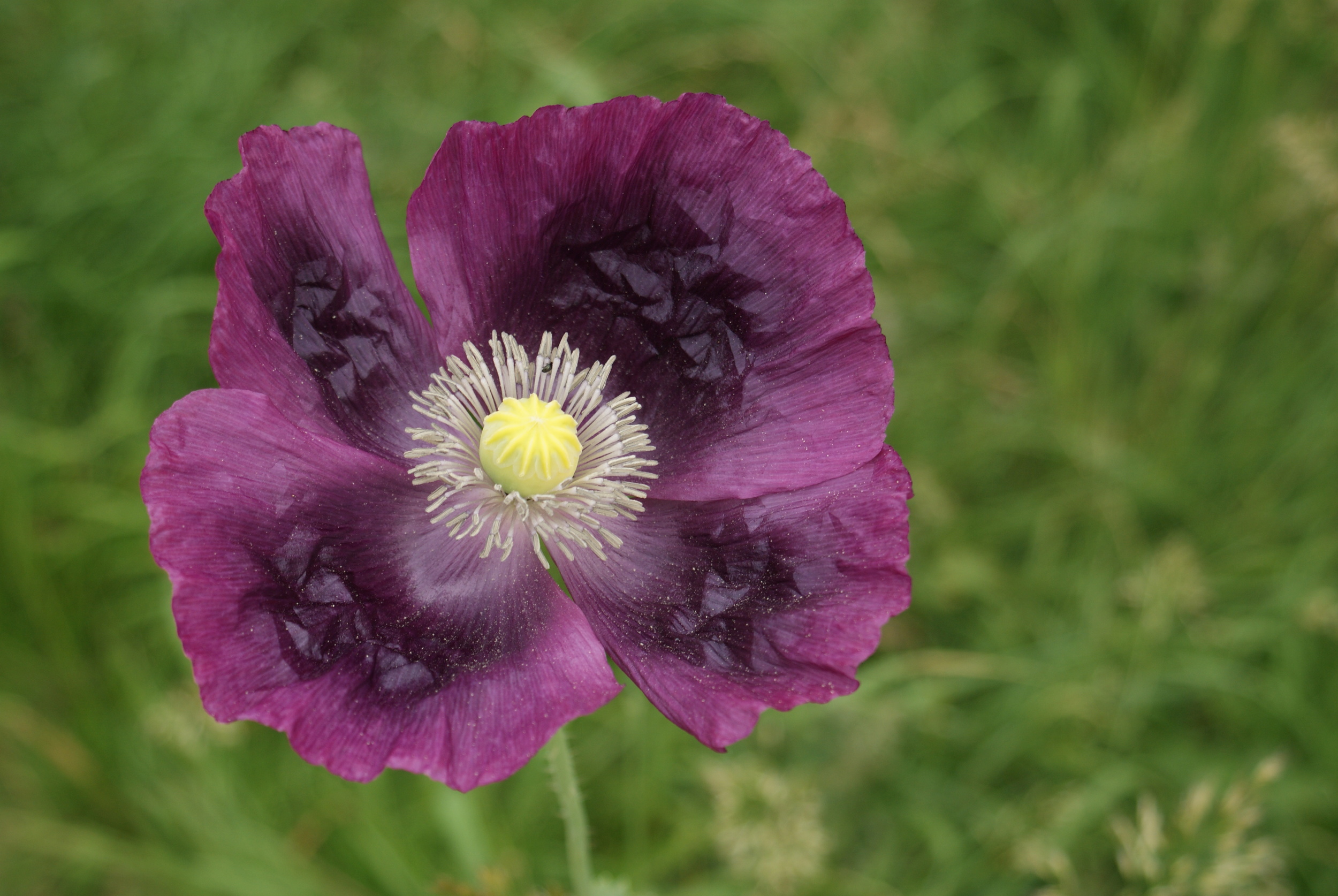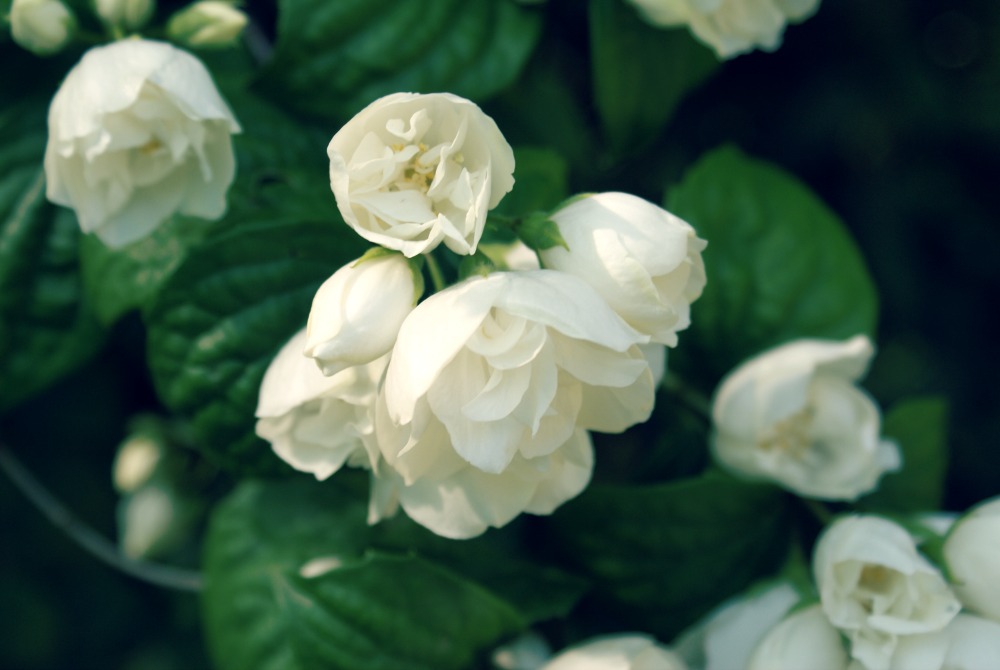They say that procrastination is the thief of time, but I'm not sure if that's the right term for my absence from this space over the past few months. I've found myself delaying this post, not because I don't enjoy writing on here, but because I've been scared. One week's absence turned into two, two into a month, then suddenly a month became nearly three. I lost what it was that drew me to write here, but I wasn't quite sure what that elusive lure was, or how to find it again.
At some point in those hazy summer months, this space became an all-consuming escape from my normal working life, and I'd cling to the idea that one day it would be my get-out-of-jail-free card from the monotony of my 9-5, despite not being sure about what it was I wanted to offer or if I even felt comfortable with the concept of making money from this blog. At the time I didn't stop to wonder, because when you are engrossed in a new venture everything gets caught up in the spider webs of the plan.
But now I've had over twelve weeks to wonder, and finally I feel ready to move on and leave behind some of those ideas that never really came to fruition. It is with relief that I write these words, having toyed for a time with what to do with the mess of ideas from those few frantic weeks. And so to the future: some parts of this online space have remained constant from the start - my passion for countryside living, the links with seasonal change, and a focus on a simple lifestyle - and these things will, assuredly, remain. There will, however, be a few changes, the simplest being my last name.
Last month I got married to the most wonderful man who has supported me every step of the way with the blog, and it he who should really take the credit for my return. I'm not the easiest of folk to live with (although he would readily admit, neither is he), and my multiple passions and dreams for the future can often be difficult to keep up with. Luckily, he sees this as a positive, and encourages whatever I set out to achieve. Our wedding day was truly the best of my life, though our honeymoon in the wilderness of the Scottish highlands gave it a run for its money. There's something about waking up to rolling fog, the sort that envelops you the moment you step out of the door, but still hearing the water of the loch crash against the rocks and pebbles, and knowing that if nothing else, nature will remain a constant. Whatever else is occupying your headspace, reconnecting with this evolution of the natural world can be very comforting.
Our return from the north heralds the start of a new life in more ways than one. Not only are we now husband and wife, but we plan to move out of our rented accommodation in December / January to live temporarily in our most recent purchase: a bell tent. At five metres in diameter, it's not the biggest of spaces, and it certainly won't be the luxurious lifestyle many newly-married couples desire, but honestly, we can't wait.
We're moving to live on my parents' land during the time it takes to build our new home (something which has been ongoing for a little while now). We can't afford to employ builders, so will be doing most of the work ourselves, hence the move to be close to the build and to save a little in the process. Most people we have spoken to think we're crazy. Some have even offered us a room instead. Yet what many fail to understand is that we are genuinely excited about the prospect of living right on nature's doorstep, experiencing all that she has to offer, no matter how miserable that offering may seem. Of course, the rose-tinted glasses of newly-married life are certain to have misted the view slightly, but we remain - at the moment, at least - optimistic about what lies in store.
This lifestyle change will be reflected in the content of this blog, and I hope to document the (inevitable) trials and moments of joy that this will bring. So expect more of a personal feel to posts, something that has probably been missing of late, and don't be surprised if a few family photos make their way into the mix. My husband has so far only been referred to as Mr CC, and although he never asked me to protect his identity I felt as though I should in those early days. Now however, I feel that sharing his name is appropriate - it's Dan, and you'll see him popping up here and there in future posts. You might hear of other family members, in particular my parents, who inspire us daily with their resolve and passion to live a simple, sustainable lifestyle. It is these people that will form the backbone of future content on Creative Countryside. I do hope you'll join us for the journey.



























